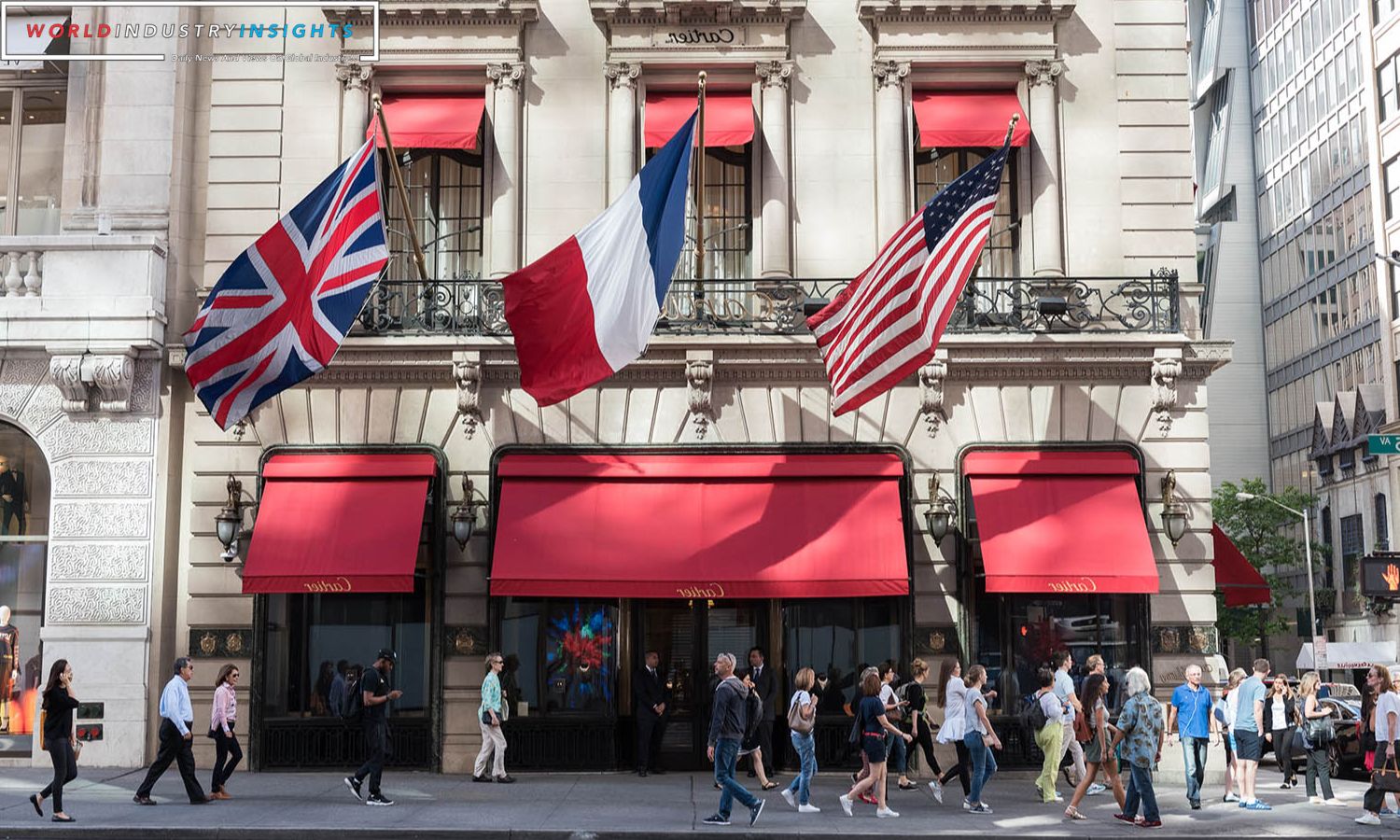Richemont Luxury Labyrinth: In a surprising twist, luxury conglomerate Richemont, renowned for its ownership of prestigious brands such as Cartier and a portfolio of high-end Swiss watches, has reported weaker-than-expected earnings. This development comes against the backdrop of escalating living costs, economic headwinds, and geopolitical tensions, collectively exerting pressure on consumer spending.
Richemont’s performance mirrors a broader trend within the luxury sector, where industry peers like LVMH signaled a slowdown in demand for high-end goods, particularly in the United States and Europe. In these regions, rising prices have prompted consumers, especially younger generations, to reassess and cut back on their discretionary spending.
The company’s constant currency sales growth, which stood at an impressive 19% in the April to June period, notably eased to a more modest 5% in the subsequent three months. For the overall six-month period ending in September, Richemont’s sales saw a 6% rise, reaching 10.22 billion euros. However, this fell short of the 10.34 billion euros anticipated by industry analysts.
Also Read: Farfetch Luxury Deal Gains Regulatory Green Light Amid Financial Challenges
Furthermore, Richemont’s profit for the same period amounted to 1.51 billion euros, notably below the 2.17 billion euros forecasted by analysts in a consensus cited by Zuercher Kantonalbank.
Chairman Johann Rupert acknowledged the challenges, stating, “Growth eased in the second quarter as inflationary pressure, slowing economic growth, and geopolitical tensions began to affect customer sentiment, compounded by strong comparatives.” He highlighted a broad-based normalization of market growth expectations across the luxury industry.
This development underscores the complex dynamics at play within the luxury retail landscape. As inflationary pressures continue and geopolitical uncertainties cast a shadow, the industry grapples with a shifting consumer sentiment. Richemont’s experience reflects the need for industry players to navigate evolving market conditions and adapt strategies to meet changing consumer expectations.
Our Reader’s Queries
Is Van Cleef and Arpels owned by Cartier?
Compagnie Financière Richemont S.A. categorizes its business operations into three main divisions: Jewellery Maisons, Specialist Watchmakers, and Other Businesses. The Jewellery Maisons division comprises of Cartier, Van Cleef & Arpels, and Buccellati.
Is Richemont a good investment?
Investing in a promising company with a bright future at a reasonable price is a wise decision. Compagnie Financière Richemont is projected to experience a significant 28% growth in earnings in the coming years, indicating a highly optimistic outlook.
What brands are Richemont jewellery?
Richemont’s jewelry brands, including Buccellati, Cartier, and Van Cleef & Arpels, experienced a 10 percent increase in sales compared to the previous year. This growth was primarily driven by the Asia-Pacific region. The exceptional performance was evident across all product categories, ranging from silverware at Buccellati to high-end jewelry at the group’s three jewelry maisons. Richemont expressed satisfaction with the broad-based success of its jewelry brands.
Does Richemont own Van Cleef?
Luxury goods conglomerate Richemont has acquired the remaining 20% interest in Van Cleef & Arpels, cementing its full ownership of the prestigious jewellery house. The company has also acquired the remaining 10% interest in A. Lange & Söhne.


